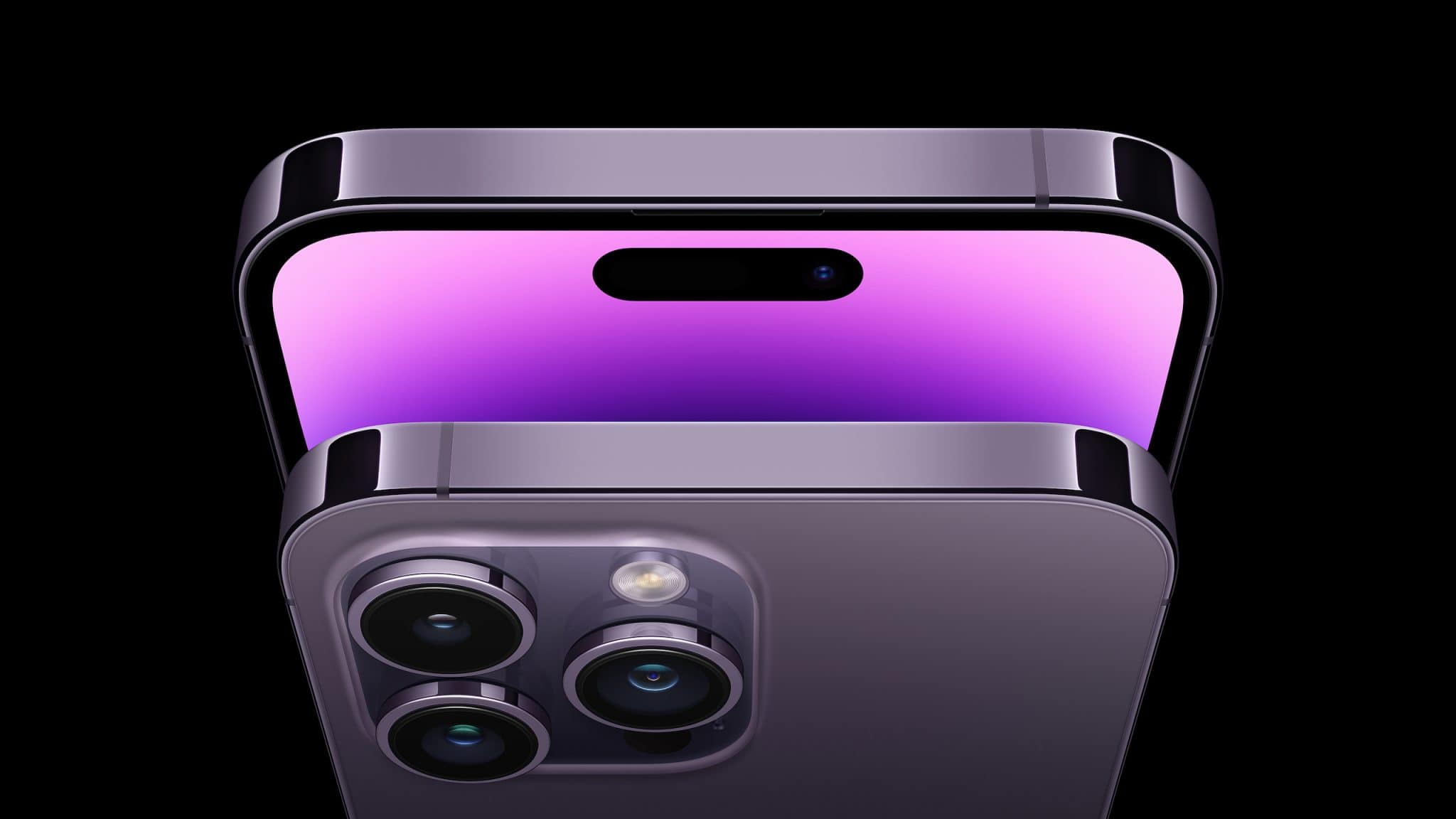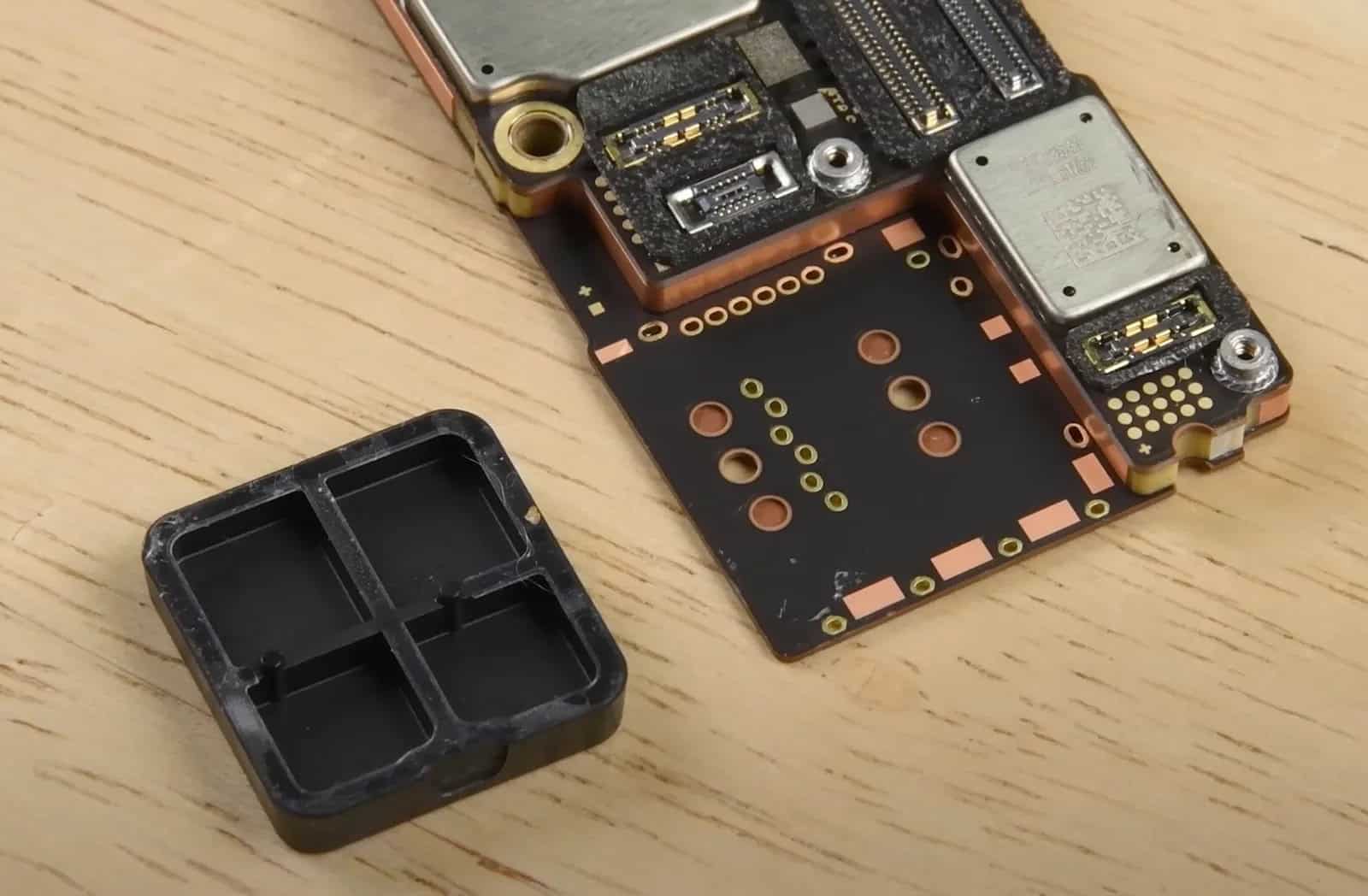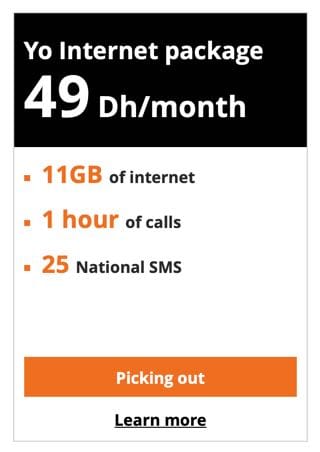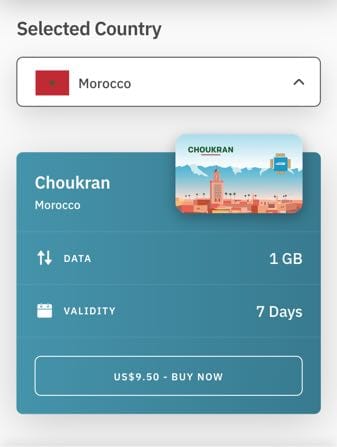eSIM only iPhone 14 – Apple's bold push

On September 7th, 2022 Apple announced the new iPhone 14. With it, they introduced two big shifts in terms of smartphone connectivity. From now on, iPhones will only support eSIM and will have entirely new satellite functionality. This article focuses on iPhone 14 eSIM implications for digital nomads.
SIM tray removal from US iPhone models – for early adapters
As many times before, some iPhone technical changes happened in selected regions. This time Apple decided that models offered in the US won’t have the tray for the nano SIM anymore. iPhone 14, and all its variants – Plus, Pro, Max, are only compatible with eSIM.
Such transition can be coordinated between Apple and over 30 US mobile providers willing to fight over the new iPhone users. Some countries outside the US have only one operator that offers eSIM compatibility.
Therefore, it seems that the US eSIM exclusivity is for early adopters willing to pay premium for eSIM only plans. Especially, during travelling. American vacationers probably won’t notice a difference – their home-base operator does offer some roaming allowance for short-term trips. As they were already offering for subscribers with physical SIM cards.
eSIM only iPhone 14 for digital nomads – lack of backward compatibility
Yet, a digital nomad buying the US version of eSIM-only iPhone 14 resigns from the backward compatibility. In other words the non-US version of iPhone 14 offers more connectivity features. Here’s a comparison table that shows the possible scenarios for using iPhone 14 for long-term traveling.
| US version of iPhone 14 | non-US version of iPhone 14 |
| base country eSIM | base country eSIM |
| travel (local) eSIM | travel (local) eSIM |
| base country eSIM + travel (local) eSIM | base country eSIM + travel (local) eSIM |
| base country SIM | |
| travel (local) SIM | |
| base country SIM + travel (local) eSIM | |
| base country eSIM + travel (local) SIM |
From the digital nomad perspective, it’s much better to buy the new model anywhere else than the USA. That advice is valid both for citizens of America and for any visitors to US considering buying iPhone 14 there.

Inertia of the mobile telecom industry
There are over 190 countries in the world with thousands of providers if we count the Mobile Network Operators and Mobile Virtual Network Operators. Each one of them has built their business with distribution and management of physical SIM cards.
Even if you’re spending just a few days or weeks in each travel destination, you can’t rely on your base country operator. The longer you remain abroad and continue to use the international roaming, the sooner your base country operator can charge additional fees or cut/restrict your connection.
That’s why, buying a local prepaid SIM card, has been a common practice for digital nomads in each destination. As of this writing, an example prepaid plan in Morocco can be over eight times cheaper (49 MAD ~ 4,5 USD for 11 GB/month) than an eSIM data plan from Airalo (9,5 USD for 1 GB/week) – global eSIM provider. That’s true for many destinations.


Orange Morocco Prepaid Plan | Airalo eSIM plan
Essentially, Airalo is like an agent dealing with local mobile operator bureaucracy. For an extra fee smartphone users don’t need to visit a physical store – everything is happening on the device. If prior, you’re connected to the Internet to set things up.
Push for global adoption of eSIM standard
Few days after releasing iPhone 14, on 19.09.2022, Apple updated their official help page that lists eSIM supporting operators. Indeed, they already managed to push the mobile phone industry into the right direction – now offering at least one eSIM operator in over 190 countries and regions.
Still, the list is published from the perspective of any kind of subscription plan compatible with eSIM. Some operators offer it solely for:
- business customers,
- add-on to your physical SIM for your smart device (e.g. Apple Watch),
- 2 year subscription contract,
- legal residents of given country.
About a month ago, I emphasized that eSIM is the next big thing for the Internet – a standard increasing connectivity options for end-users. Nevertheless, it’ll be a long time until eSIM plans can match or be better than the current physical SIM plans.
Current transition period resembles the time when Apple was one of the first manufacturers to introduce nano SIM in their devices. For many years operators around the globe couldn’t prepare properly cutout their plastic frames around SIM cards. Therefore, I and many others were cutting the unnecessary plastic with scissors, risking irreversible SIM damage, to fit it into the iPhone.
In other words – It’ll take a while until all local operators natively support eSIM standard. Every mobile (virtual) network operator needs to upgrade their own IT infrastructure. This major shift is not about offering a smaller SIM card but about reorganizing the whole flow of distribution and activation of new users on the network.
Overall, I’m glad that Apple uses their premium smartphone position to push the industry. Eventually, we’ll benefit from standardization of eSIM. But right now, we’re still in the transition phase, so choose your iPhone model wisely.





Discussion